Throughout the history of architecture one style has been replacing another with the invention and development of new materials, new methods of manufacturing and new ways of implementing them. Thus, each epoch has its distinctive architectural style with its unique design patterns and details, as well as materials used. As windows are considered the “eyes” of a house, they have always received much attention from designers and architectures. Hence, windows can define the architectural style of a building.
Casement windows, which have definitely evolved since they first appeared, still have some characteristic features and designs of the era of their naissance. So, what are casement windows and when did they come to life?
What are casement windows?
Casement windows are windows that are attached to the frame by hinges placed on vertical sides. They can be single or double. Single-panel windows may open either inwards or outwards, while double-panel windows usually open inwards. This type of windows requires a crank, lever or cam handle to open, which can be placed either at the bottom edge of the window panel or at a hand height. Such windows used to have outer shutters. In this case, the windows opened inwards and the shutters opened outwards. The size, the shape and the overall design of a casement window can tell a lot about the time during which it was made.
History of casement windows
These two images above show original Georgian casement and wood shutter from New York and Pennsylvania homes of the 18th century.
Casement windows came to replace older stone mullioned windows at the end of 18th century during the Georgian era. At the dawn of their appearance the frame of these windows were made of iron handcrafted by local blacksmiths. As glass manufacturing was a difficult process at that time and making big sheets of glass was next to impossible, the glass panes were quite small. As a result, windows usually had six glass panes attached to one another by strips of lead.
As time passed, iron frames were gradually replaced by timber. By the beginning of Victorian era in the mid-19th century iron frames were no longer made. Oak became the preferred material for frames and glazing bars replaced the lead strips used to hold the pieces of glass intact. Glazing bars had rabbets to allow insertion of glass panes that were secured by putty and sprigs.
Though the six-pane windows were the most common at that time, some variations of casement windows with more or less glass panes could be seen, as new window-making techniques were developed. During the Victorian period inclusion of some elements of Gothic architecture became quite popular, particularly, the arch- formed window tops. Such windows could have more than 6 glass panes, which could be of various shapes.
As glass manufacturing evolved, production of bigger sheets of glass became possible and windows now had two glass panes, connected with only one horizontal glazing bar.
Oak remained the main material used for frames until the end of 19th century, when it was replaced by softwood. Compared to oak, softwood had both advantages and disadvantages. On the one hand, it allowed the frames to be slimmer, hence, offering a greater aesthetic appeal, on the other hand, unlike oak, it had to be painted. While white was the preferred color, some other colours were introduced in various regions, thus, making such coloured casement windows distinctive for a specific region. The colours varied from light blue and green to black and red.
Casements were the only type of windows until sash windows were introduced at the end of 19th century, when glass manufacturing advanced to the point to allow production of bigger sheets of glass. However, due to their historic and aesthetic value, they were re-introduced later and henceforth have been one of the most popular types of windows.
Modern casement windows
Modern casement windows have all the wonderful characteristics of their older counterparts, but they have suffered substantial modifications in terms of materials and production technologies. Unlike timber, modern materials like aluminum and uPVC are virtually maintenance free. With a wide array of finishes available, the authentic style of casement windows of particular era is easy to reproduce, while incorporating new features and characteristics of modern times.
Today’s casement windows have many advantages. They offer superior insulation thanks to the compression seal technology used in their manufacturing process. Such windows can also be a preferred choice for the houses with windows placed high above the ground, as they can be easily cleaned from inside since they have a full 90º rotation. Such rotation also provides an excellent ventilation during warm months.
Modern technologies have no limits and you can have your windows in any shape and style that you like – from contemporary to Victorian without compromising on their quality or aesthetic value.
There is no good or bad choice when it comes to choosing windows for your home. Your choice will depend on your preferences and needs, so if you have them defined, we suggest that you start exploring the market with a window specialist to find those perfect windows.

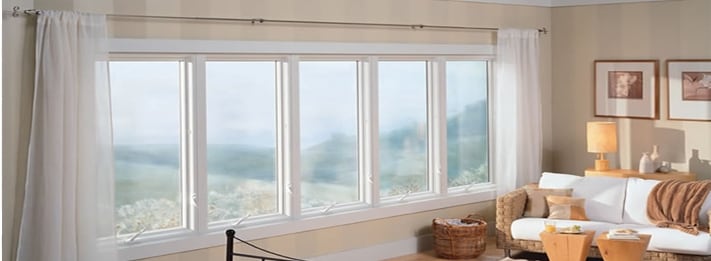
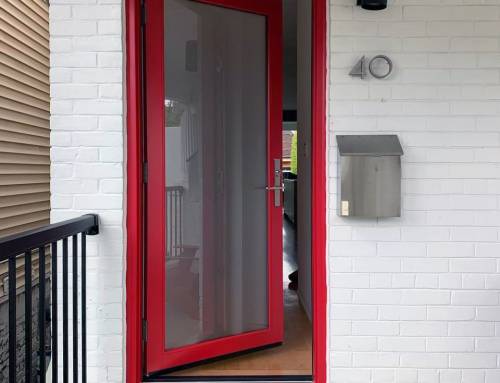
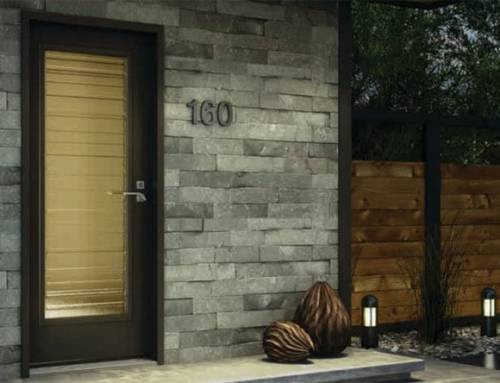
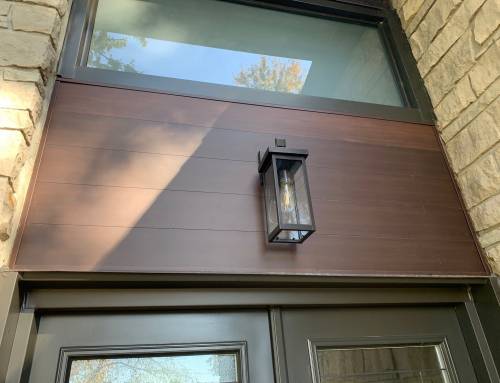
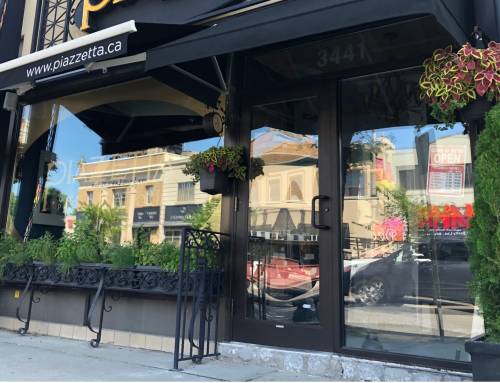
Leave A Comment
You must be logged in to post a comment.